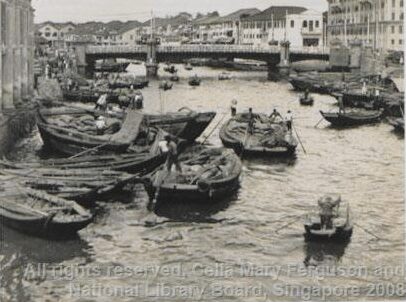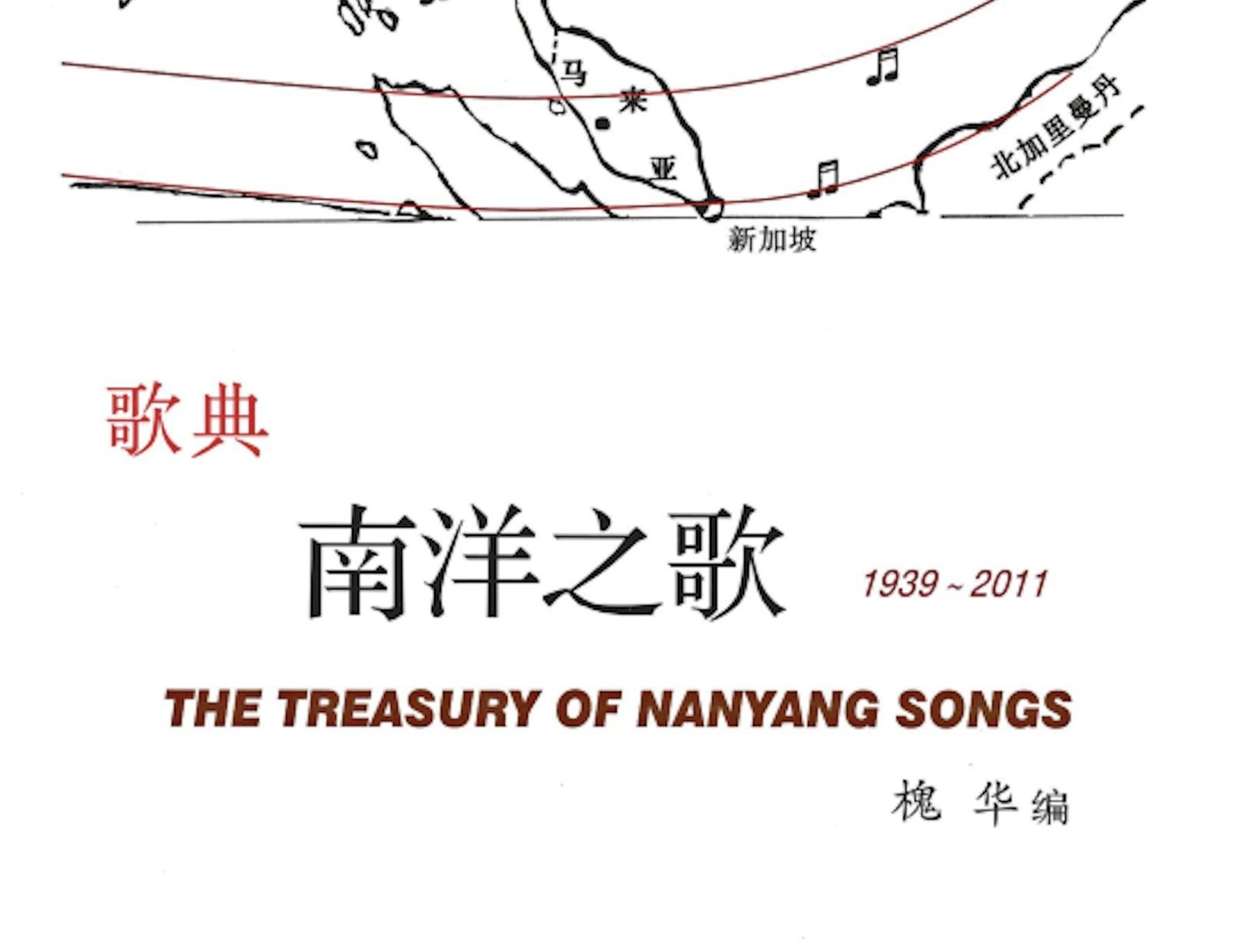趋向成熟:建国前后的新加坡华语音乐活动与歌曲创作(1960年代至1970年代)
1960年代,新加坡社会秩序渐趋稳定,华语歌曲的风格也因应而有所变化。这时期的歌曲有一部分还是有“左倾”意味、反殖追求、且歌颂劳动人民的歌曲;同时也有风格迥然不同、充满朝气、建设新国家的歌曲。这时期重要的作曲家有马人(吴鼎风,1930-2019)、李学训(笔名李英、黎华、囚鹰,1932-1991)、田鸣恩(1918-1994)、梁荣平(1931-2011)、李煜传、刻思(李炯才,1924-2016)等。
1960年代本土创作华语歌曲代表作
- 马人《我底故乡》(杜红作词)《谁要是悲伤》《淘洗锡米之歌》
- 李学训《我们的歌》《狱中之歌》
- 冼大海(冼国栋,约1943-2021)《胶林之歌》
- 笑卢《山歌》1
- 佚名的《我们的家乡》
- 歌剧音乐《彭亨的儿女》
- 田鸣恩《新加坡你多年轻》《初升的朝阳》
- 梁荣平《美丽的家园》《朋友,别叹气》《建设新加坡》(日立作词)
- 丁祝三(1925-2007)的《石鱼湖上醉歌》《山头孤石远亭亭》
- 迪安(苏启祯)的《我在船上等候你》
- 李煜传《卫国军颂》(黄红夏作词)《人人都说今年好》(欣欣作词)《红巾女工歌》(王秋田作词)《劳动之歌》《前进吧!我的国家》《万里绿波翻白浪》
- 刻思《国旗歌》(金易作词)《卫国进行曲》《国庆歌》《文化战斗歌》(祥珍作词)《海上放歌》(初声作词)《当兵去》(欣欣作词)等
1970年代是本地民间华文文艺团体蓬勃发展的时期。这时期的文艺创作,包括戏剧舞蹈等,都特别强调劳动生活体验,也涌现了大量的同类性质创作歌曲。其中,创作最为丰富的歌曲作者应数原新加坡表演艺术学院音乐导师、后来留学美国的周淑桂(1954-2013)。周淑桂的歌曲作品包括《渔村组歌》2《黄梨园组歌》3以及《林明组歌》4。同一时期的歌曲创作还有南方艺术研究会的集体创作《迎春》、集体填词竹叶作曲的《补网》5以及近200首佚名同类型的集体或个人创作。6
歌曲创作比赛初始
同时,在1970年代中后期,民间和官方机构也相继主办歌曲创作比赛,对本土创作华文歌曲的发展,起着直接的催化作用。其中较有代表性的是1977年由国家剧场信托局和新加坡电视广播电台主办的“我们的歌”歌曲创作比赛、于1978年与1979年新加坡工业职工联合会和新兴工业工友联合会联办的 “工友之歌——歌曲创作比赛”,以及1979年南洋大学主办的“南大校歌”作曲比赛。

1970年代歌唱比赛催生的本土创作华语歌曲
1979年,新加坡本土华文歌曲进入一个创作风格的分水岭。作曲家梁荣平以一种前所未有的现代音乐语言重新诠释李白的诗句,创作了《李白诗四首》合唱组歌。7 此前的歌曲,无论是业余或专业性质,在写作技法或风格,基本上都较传统和保守。梁荣平这可谓“划时代”的创作,和前述华语歌曲在技法上截然不同,意味着本土创作华语歌曲已渐趋成熟。
| 1 | 歌剧《不屈的黄梨园》选曲。 |
| 2 | 内含《渔夫曲》《一梭一萝记心头》《定叫生活变个样》《风雨里稳把舵》《曙光里》。 |
| 3 | 内含《唱梨乡》《盼丰收》(刘明慧作曲)《丰收的时候》《梨乡苦》《为梨乡的明天而歌唱》。 |
| 4 | 内含《林明——我们的家乡》《林明的河水细又长》《怀念家乡》《林明河畔歌声杨》。 |
| 5 | 音乐舞蹈诗句《邦咯渔歌》插曲。 |
| 6 | 大部分收录于王永鸿编辑,出版人林慈训撰文之《南洋之歌续集》。 |
| 7 | 《欲上青天揽明月》《把酒问月》《将进酒》《花间一壶酒》。 |
人民行动党中央文化局编,《新加坡颂:本地创作乐曲选集》。新加坡:人民行动党中央文化局,1968。 | |
王永鸿、林慈训编,《南洋之歌续集:七十年代本地创作歌集》。新加坡:私人出版,2019年。 | |
田鸣恩编,《中学歌集》。新加坡:教育出版社,1968。 | |
杜青编,《胶林我们的母亲:一个音乐家艰难的学习路程》。新加坡:八方文化,2009。 | |
李豪合唱团编,《李豪合唱团成立三十周年演唱会特刊》。新加坡:李豪合唱团,1982。 | |
邹文学,〈奔腾的海洋——马人〉。《联合早报》,2019年8月1日。 | |
国家剧场写曲人学会编,《新加坡歌曲创作》第二辑。新加坡:国家剧场写曲人学会、胜友书局,1986。 | |
槐华编,《歌典:南洋之歌,1939-2011》。新加坡:朝晖艺术及文化公司,2013。 | |
蔡慧琨,〈新加坡的华文合唱活动〉。《福建艺术》,第5期(2017),页50-51。 | |
National Arts Council, ed. Singalong: A Collection of Singapore Songs (Lyrics). Singapore: National Arts Council and Ministry of Information and the Arts, 1997. |










